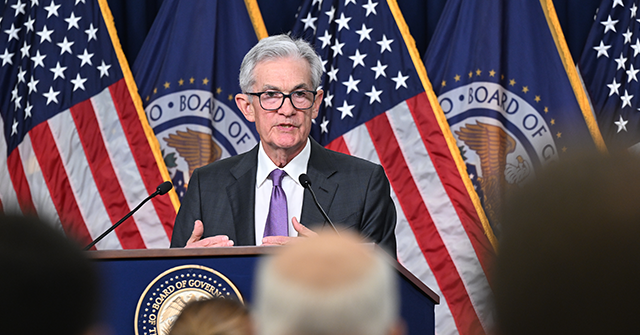The Federal Reserve looked past the recently reported economic contraction in the first three months of the year, describing economic growth as solid when officials agreed to hold interest rates steady on Wednesday.
“Although swings in net exports have affected the data, recent indicators suggest that economic activity has continued to expand at a sold pace,” officials said in a statement released at the end of the two-day meeting of the Federal Open Market Committee, the Fed’s monetary policy body. that
The economy contracted slightly in the first quarter of the year, the Commerce Department said last week, shrinking at an annual pace of 0.3 percent. But that was largely due to a surge in imports, which are subtractions in the calculation of GDP. Measures of underlying growth, including final sales to U.S. consumers and business investment, suggested the economy continued to grow in the January through March period.
The Fed’s statement also took note of recent strength in the labor market. At the end of last year and start of this year, there were signs of softness in demand for labor, with the unemployment rate ticking up and jobs numbers underperforming expectations. Over the last two months, however, job growth has accelerated and beat expectations while the unemployment rate has stabilized at a low level of 4.2 percent.
The Fed did sound a warning that the economy faces risks of higher unemployment and higher inflation.
“Uncertainty about the economic outlook has increased further,” officials said in their post-meeting statement, the first since President Trump imposed sudden tariff increases last month. “The committee is attentive to the risks of both sides of its dual mandate and judges that the risks of higher unemployment and higher inflation have risen.”
According to a law passed in the 1970s, the Fed is required to pursue price stability and maximum employment, two goals that are often seen as being at odds with one another when it comes to monetary policy. Looser policy, mainly accomplished through interest rate cuts, is seen as boosting employment but risking higher inflation. Tighter policy—higher interest rates—can pull down inflation but risks raising unemployment.
The Fed has held its benchmark interest rate target range steady at 4.25 to 4.5 percent this year after implementing three cuts at the end of last year.
Read the full article here
